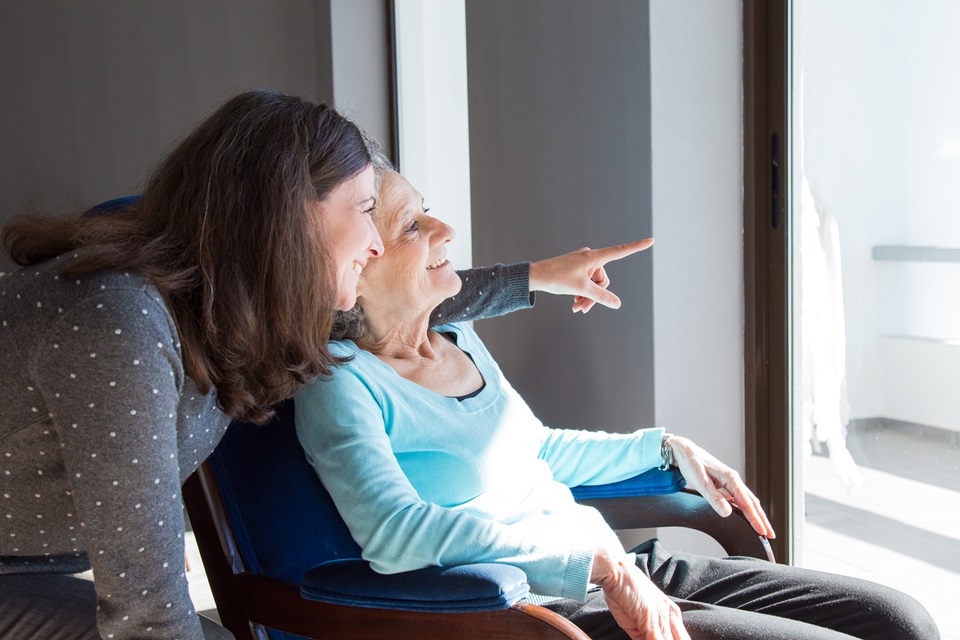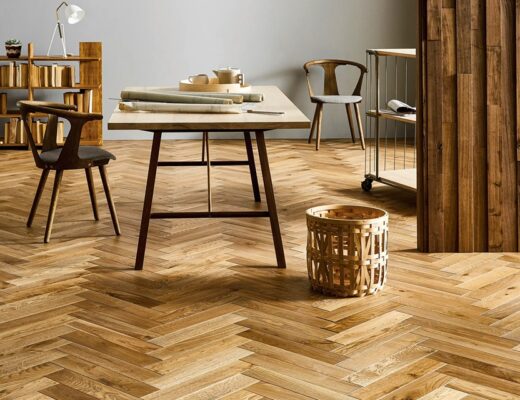Senior living communities offer varying levels of care to cater to different needs, ensuring that residents receive the required support for a comfortable lifestyle.
Assisted living, memory care, and nursing homes provide different levels of care in the exact location. Independent living, meanwhile, is the least restrictive setting on the senior housing continuum.
Bathing
Bathing is an essential level of care for many elderly individuals. In some cases, resistance to bathing can become a significant barrier to maintaining health and well-being. It can be triggered by discomfort in the water, embarrassment or fatigue, concerns about falling, and the risk of infection.
Bathing can also help improve breathing problems, especially in a warm water bath. The lungs are more fully expanded and can breathe air during this activity.
This broader occupation theme primarily encompassed increased ‘cleanliness’ and more excellent choice and control,’ which combined to promote greater autonomy with personal care.
Dressing
A retirement home that offers assisted living will have trained staff on hand to help with the basics of daily life, including dressing. For this reason, you must pack your elderly relative’s clothing in a way that makes it as easy to get dressed as possible. It includes ensuring they have plenty of clothes that can be quickly undone and not too tight around the arms, legs, and chest area, which can cause discomfort.
It’s also essential to ensure your loved one has comfortable, warm layers, especially if they struggle to move independently and need help with toileting. If they’re prone to incontinence, you should include many absorbent undergarments. Having an abundance of outfits to choose from will promote independence, but they should be easily accessible so that your loved one can put them on with little to no help. Labeling drawers and organizing clothes into easy-to-find categories can make this process much easier for your senior relative.
Medication
Most older adults take several medications, and keeping accurate track of them can be difficult. Medication-related hospital admissions can account for up to 25% of more senior adult hospital admissions, mainly as a result of nonadherence or adverse drug reactions (ADRs). Learn more about assisted living medication management.
Senior living facilities have complicated medication management procedures. A medical professional has a deeper understanding of a person’s condition than family caregivers, and they can read the fine print on medication labels that may be hard for a spouse or adult child to understand.
A higher level of care focuses on giving seniors more hands-on assistance with their daily living needs, including transferring them into and out of beds or wheelchairs. They also need help managing their incontinence and behavioral issues. These residents may also need complex medical monitoring for chronic pain or other health conditions. They require verbal and physical cueing to manage their day. They may also have memory loss or other cognitive disorders. This type of care requires more specialized training and certification for staff.
Socialization
The use of levels of care also allows communities to adjust a resident’s needs quickly should their health or memory worsen. In this way, it offers residents a greater sense of security.
The socialization process, often enculturation, occurs when an individual is exposed to another group’s culture and can adapt. It happens through family, peer groups, community, and resocialization settings, as well as at work and in the classroom.
At assisted living, the different levels of care include level one, which accounts for a wake-up visit and simple daily reminders, and level five, which provides hands-on assistance with multiple ADLs. Each Continuing Care Retirement Community/FFSCCRC may define levels of care differently, but they typically boil down to the same spectrum. Levels are based on information gathered from a resident’s medical history, physical (H&P) assessment, and personalized care plan. In addition, it is based on the senior’s ability to ambulate and manage their medications, doctor appointments, and bladder and bowel control.








No Comments